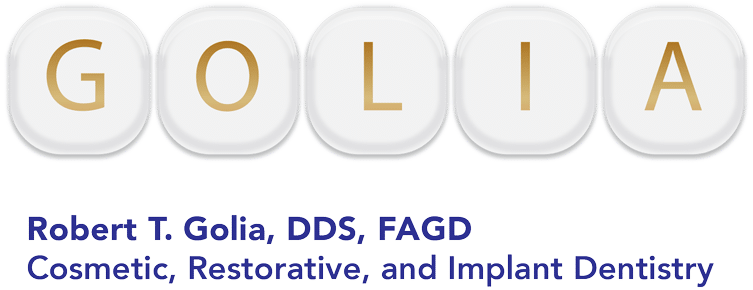Dental crowns are a common tooth restoration option. When a tooth is damaged in some way, whether from decay or trauma, a crown can cover the existing tooth enamel and allow the root of the tooth to stay in place. A crown is sometimes called a cap because it fits over the top of the existing tooth.
Dental crowns can be made of a variety of materials. The ultimate goal of the crown is to be strong enough to withstand the pressure of chewing and in some cases, to look as natural as possible. Here are some of the common types of crowns.
Ceramic/Porcelain
Porcelain is basically a specific type of ceramic used in dental prosthetics such as crowns, veneers, inlays and onlays. Porcelain closely resembles natural tooth enamel with its sheen and porous appearance. It can be dyed to match the color of your existing teeth so that it blends in and looks realistic.
Porcelain is relatively strong and fairly durable. It withstands the force of chewing and can last for at least 10-15 years.
Porcelain Fused to Metal
When porcelain is fused to metal to create a crown, it increases the bite strength of the crown while maintaining the natural appearance of tooth enamel. Porcelain fused to metal crowns tend to cost more than all porcelain crowns and they can leave a visible dark border along the gum line.
Porcelain fused to metal crowns have about the same average lifespan of all porcelain crowns, which is 10-15 years, although porcelain fused to metal may last a bit longer.
Gold Alloys
Metal alloys, the most common of which is gold, are most often used for crowns placed on molars. There are a few reasons for this: one, gold and other metal alloys are stronger to withstand the bite force of the back molars, and two, it is less important for back teeth to look natural because they are less visible.
Gold alloy crowns can last an average of 20-40 years and even longer in many cases.
What is the Procedure for Getting a Crown?
The procedure for getting a dental crown is basically the same no matter what the crown is made of. The process entails the following steps:
- Consultation/Evaluation. The first step is to have a consultation with your dentist. An evaluation will be done to determine whether or not a crown would be the right option for you.
- Images. Images and X-rays will be taken to ensure that your existing tooth and root are in the necessary condition to receive a crown.
- Reducing the tooth. The existing tooth enamel will need to be filed down to make room for the crown to be placed.
- Impressions. Impressions will be made of your teeth to prepare the crown so that it is the right shape and size.
- Temporary crown placement. You will receive a temporary crown while your permanent crown is created in a dental lab.
- Permanent crown placement. When your permanent crown comes back from the lab, you will go back to your dentist for a fitting. If it fits well, it will be permanently cemented into place. If it needs adjustments it will be sent back to the lab.
Golia Dental Provides 3 Types of Dental Crowns
If you are in need of a dental crown, Golia Dental provides all three of the above types of crowns. We will evaluate your teeth and make the best recommendation for the type of crown that would suit your needs.
Call 203-248-7400 or request an appointment today.

